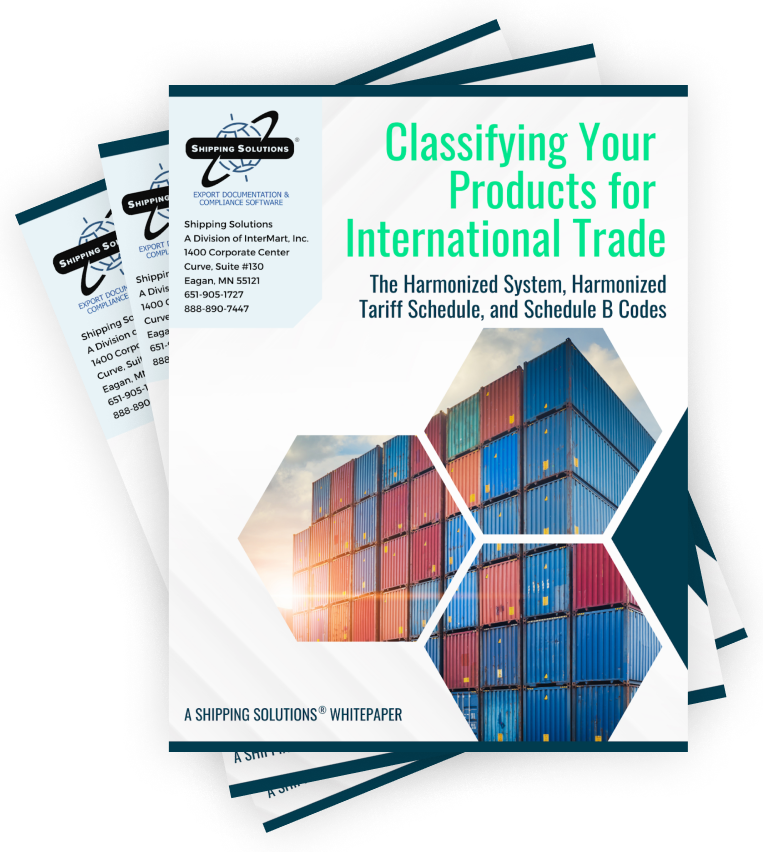The International Trade Blog Import Procedures
8 Things Every Importer and Exporter Should Do for the New Year
On: January 1, 2018 | By:  Catherine J. Petersen |
3 min. read
Catherine J. Petersen |
3 min. read
 Exporters and importers should do some light housekeeping to make sure they remain in compliance with U.S. export and import regulations.
Exporters and importers should do some light housekeeping to make sure they remain in compliance with U.S. export and import regulations.
By following a few simple steps at the beginning of every new year, you will ensure that your company meets the best industry practices while putting you on track to full export and import compliance.
Import-Export Checklist
I recommend exporters and importers complete the following checklist:
1. Check the U.S. Customs and Border Protection website for recent changes that will affect your company's importing and/or exporting.
2. Update your import policy with your customs house broker, legal counsel, and import staff.
3. Check the Bureau of Industry and Security's website for recent changes that may affect your company's exporting.
4. Update export policy with legal counsel and export staff.
5. Download and review the list of obsolete Harmonized Tariff Schedule (HTS) Numbers (click the "Change Record" link) and Schedule B Numbers. The HTS Numbers are used by exporters and importers and the Schedule B Numbers are used by exporters to classify your export and/or import products.
6. Verify that the HTS numbers your customs house brokers and freight forwarders use for your products are current by providing them with a complete list of numbers and product or item numbers and descriptions. You'll find the current list of HTS Numbers at the U.S. International Trade Commission website.
7. Update all your relevant databases or systems as well as documentation that references the HTS or Schedule B numbers including your import entries, NAFTA Certificates of Origin, and Electronic Export Information (EEI) filed through AESDirect. You'll find an updated list of Schedule B numbers at the U.S. Census website. Make sure you also check the correct unit of measure for your codes. You need to update these as well or your filing through AES will be rejected.
8. Review and update other procedures as determined by your company.
Classifying Your Products for Import and Export
It usually works best if your company assembles a team to select and update your HTS and/or Schedule B numbers. You might want to include your customs house broker, freight forwarder, export/import legal counsel, international customer service, and an in-house product engineer or technical expert on your team.
The Harmonized Tariff Schedule of the U.S. is the parent document of the Schedule B code book. If you are both an importer and an exporter or an exporter who issues the NAFTA Certificate of Origin, then you should use the HTS Numbers. If your company only exports and you don't issue a NAFTA Certificate, then the Schedule B Numbers will suffice.
Once you've completed this checklist, it's another one of your New Year's resolutions that you can successfully cross off your list!
This article was first published in January 2004 and has been updated to include current information, links and formatting.

About the Author: Catherine J. Petersen
In 1992, Catherine Petersen founded C J Petersen & Associates, LLC, a research, instruction and consulting firm located in St. Paul, Minnesota, USA. She has designed documentation and procedure manuals for exporters and has authored/co-authored five books.
Ms. Petersen has had day-to-day practical experience at a freight forwarder, a trading company, and an ocean carrier; she has been active in international business since 1980. Her background led her to develop C J Petersen & Associates, LLC, which is a collaborative consultancy that works with clients to identify compliance gaps and to resolve them. Ms. Petersen retired in 2022.

